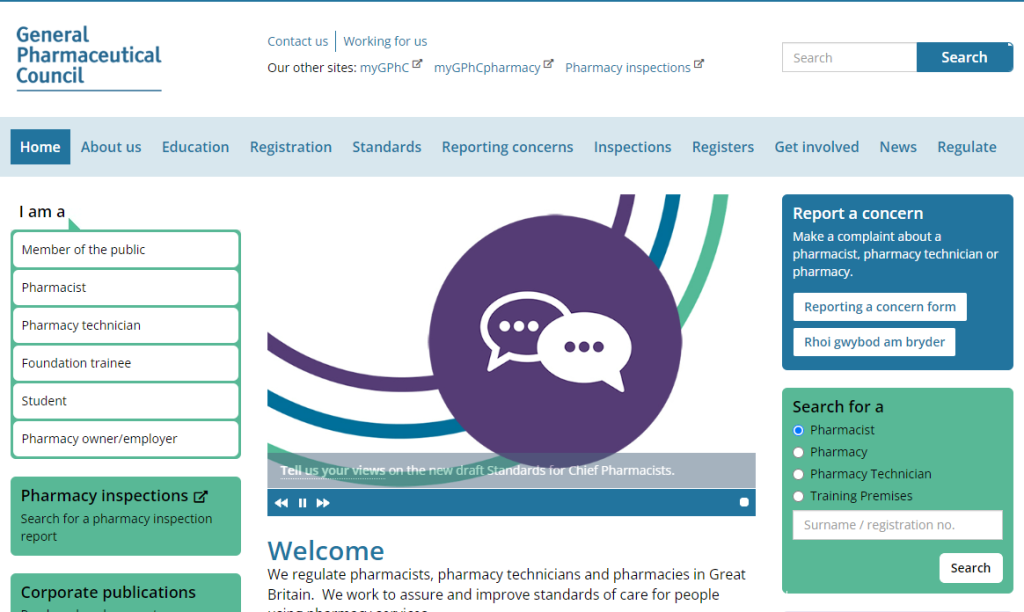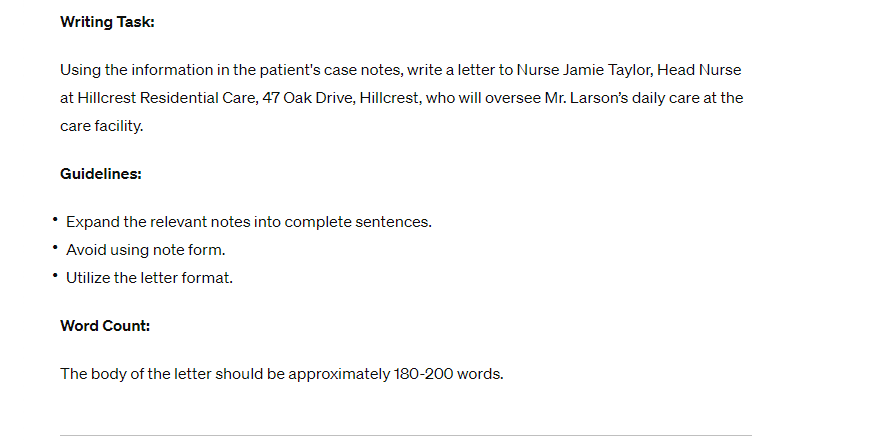The OET (Occupational English Test) speaking section has a very specific purpose. It is designed to assess the English language communication skills of healthcare professionals in a way that reflects real workplace scenarios. The aim is to ensure that these professionals can communicate effectively with patients and colleagues in an English-speaking healthcare environment.
The OET Speaking part is like a play-acting game. In this part, you pretend to be at work, talking to a patient or maybe a patient’s family. It feels like real life because you use English the way you would at your job.
Purpose of OET Speaking:
- To test if a healthcare worker can speak and understand English well enough to work safely and effectively.
- To see if they can communicate in a caring and professional way with patients.
- To check their ability to adjust their language according to the patient’s needs and understanding.
- To evaluate their spoken English in a controlled environment that simulates the real world of healthcare.
Number of Role Plays:
- There are two role plays in the OET speaking test.
- Each role play is a different scenario that you might face in your healthcare field.
- The scenarios are based on common workplace situations and involve interacting with a patient or possibly the patient’s relative.
Duration:
- The total duration of speaking test is around 20 minutes which includes preparation time for each role playas and roleplay time.
- Before the role plays, you get 2-3 minutes to prepare for each one.
- Each role play itself lasts about five minutes.
During the OET speaking test, you are given role play cards which describe the situation you’ll be acting out. You’ll have a few minutes to study each card and think about how you’ll handle the situation. When the role play starts, you’ll interact with an interlocutor who plays the part of the patient or the patient’s relative. You have to respond as you would in your professional role, using language that is both appropriate and clear for the scenario.
Here’s what happens in the OET Speaking test:
- Getting Ready: You get a little bit of time to think about who you will pretend to be and who you are talking to. They give you some information about the “patient” to help you prepare.
- Role-Play: You and the person testing you do two role-plays. Each one lasts about five minutes. The tester acts as the patient or sometimes a family member or a nurse, and you are you, the healthcare worker.
- Speaking and Listening: During the role-play, you talk and listen just like in real work situations. You ask questions, give information, and help solve problems. It’s important to show that you can talk clearly and understand what the other person is saying.
After you finish, the person testing you looks at how well you did. They check things like:
- How well you talked and listened.
- How you used English to do your job tasks.
- How you acted in a professional way.
The OET Speaking test is important because when you work in healthcare, you need to talk to patients and other workers all the time. Doing well on this test shows you can use English in the real world of healthcare work. It’s not just about knowing a lot of English words; it’s about using them in the right way at work.
Find out the OET Test Dates 2024 and Start Prepare Early
OET Sample Letters. Prepare OET Writing with our free sample letters
English Tenses for OET Writing. Start Prepare OET With English Grammar
Here are some tips for doing well in the OET Speaking test:
- Practice Speaking: Just like learning a musical instrument, practice makes perfect. Talk in English about healthcare topics as much as you can.
- Be Clear and Kind: When you talk during the test, be friendly and make sure the other person can understand you. Use simple words and speak at a speed that is easy to follow.
- Listen Carefully: Pay close attention to what the “patient” says. This shows that you are a good listener.
- Stay Calm: It’s normal to be a little nervous, but try to relax. If you make a mistake, it’s okay. Just keep going.
- Be Professional: Remember to act like you are really at work. Be polite and show that you care.
The key in the speaking test is to demonstrate your ability to communicate effectively in English in a healthcare setting, showing that you can build a relationship with the patient while providing them with the information and support they need.
Preapare OET Speaking with Sample Tests
Frequently Asked Questions (FAQs) about the OET Speaking test
How Should I Use My Three Minutes’ Preparation Time?
In the preparation time before each role play, thoroughly read the role card multiple times to grasp the scenario and discussion points. Consider the patient’s possible emotions and expectations, identify medical terms to avoid or clarify, and strategize on time allocation for each part of the task. This is also the time to ask the interlocutor any clarifying questions.
Can I See the Card During My Role Play?
Yes, the role-play card is accessible during the role play. If you’re taking the OET on a computer, the card will be displayed on your screen. For paper-based tests, the card will be physically provided to you.
How Does Speaking Work for OET on Computer?
The Speaking sub-test on computer mirrors the paper-based format. You’ll interact with an interlocutor via Zoom, typically from your home, ensuring a consistent testing environment. This setup requires familiarity with online communication tools.
How Should I Start the Role Play?
The beginning of the role play varies depending on several factors, such as your familiarity with the patient, the urgency of the situation, and the setting. There’s no single correct way to start; it should be natural and context-appropriate, focusing on building a rapport with the patient.
What If I Don’t Know About the Condition in the Role-Play Task?
If unfamiliar with the condition mentioned in the role play, rely on the information provided in the role card. It contains sufficient details to guide your interaction. Focus on effective communication rather than specific medical knowledge.
What Do the Brackets on the Role-Play Card Mean?
Brackets on the role-play card offer additional information or conversational suggestions. They are there to aid your discussion, providing context or direction for the conversation.
What If I Don’t Finish All the Tasks on My Card?
Not completing every task on the card isn’t detrimental. The role plays are designed to gauge your speaking ability in a healthcare context. While it’s beneficial to cover as many tasks as possible, the scoring focuses on the assessment criteria, not task completion.
Do I Have to Deal With the Tasks in the Same Order as the Role-Play Card?
While it’s not mandatory to follow the task order on the card, it’s generally advisable. The tasks are arranged logically to facilitate a natural conversation flow. Deviating from this order might affect the coherence of your interaction.
What Do I Need to Score to Get 350+?
To score 350 or above, aim for the highest levels in each assessment criterion. Typically, achieving grade B involves scoring 5 out of 6 on linguistic criteria and 2 out of 3 on clinical communication criteria. Focus on excelling in both linguistic proficiency and effective clinical communication.
What Parts of My Test Are Assessed?
The assessment is confined to your performance in the two role plays. Preliminaries like ID checks, the warm-up session, and preparation time discussions are not scored. The focus is solely on your interaction during the role plays.







